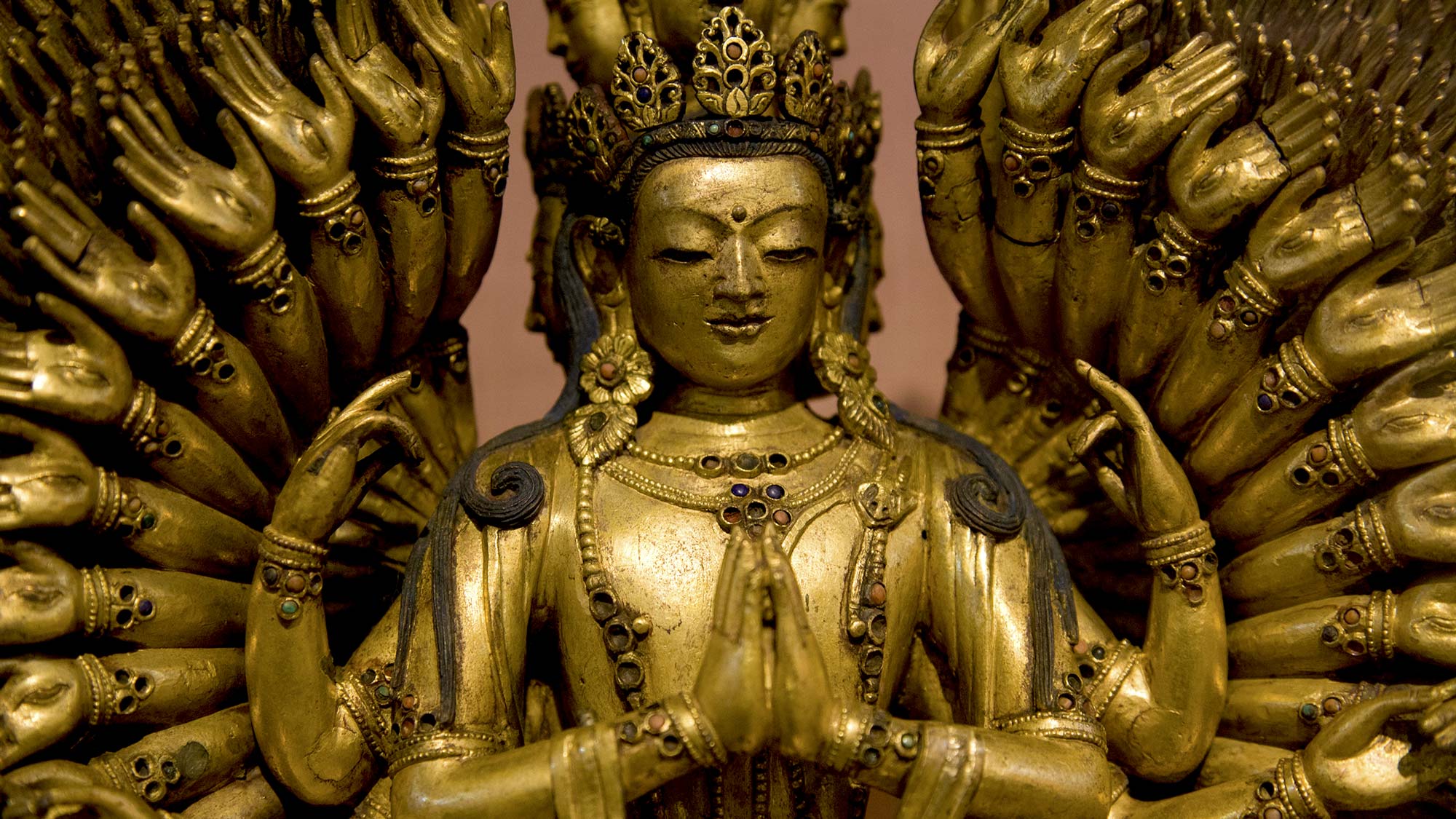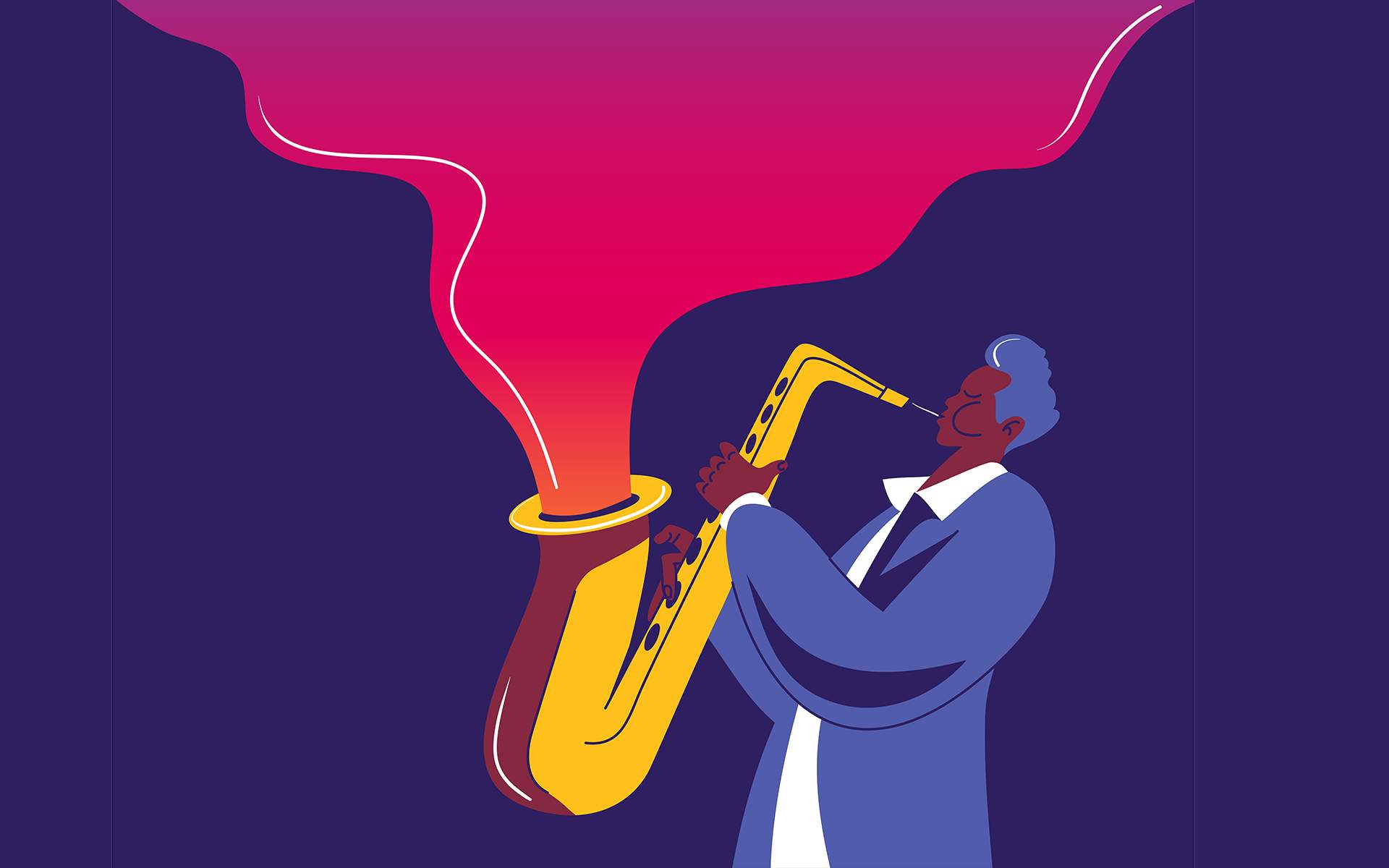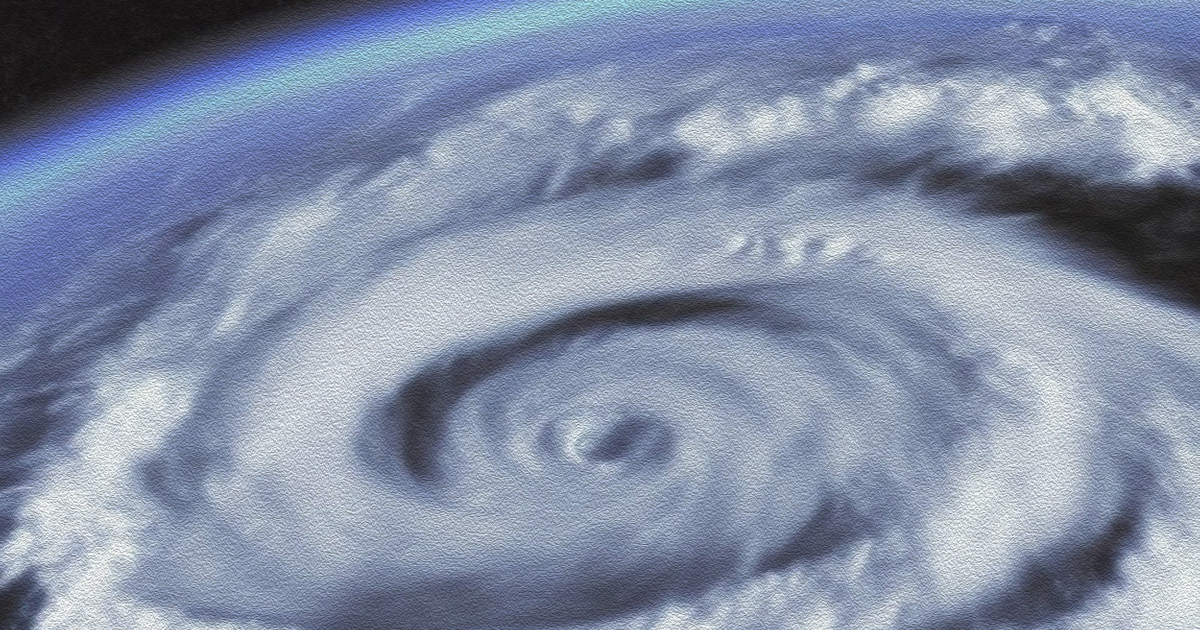Ask the Teachers: Why can’t I perceive bodhisattvas or deities?
Buddhism says that there are all kinds of beings out there—buddhas, bodhisattvas, deities—but I can't perceive them. How do I work with this discrepancy? The post Ask the Teachers: Why can’t I perceive bodhisattvas or deities? appeared first on...

Question: Buddhism says that there are all kinds of beings out there—buddhas, bodhisattvas, deities—but I can’t perceive them. Is there something wrong with me? How do I work with this discrepancy? What do I need to do to be able to feel or perceive them? What will it do for me when I can?
Narayan Liebenson Grady: First of all, there is nothing wrong with you. There are differing views as to whether these entities exist as psychic phenomena or whether they are states of mind, and thus expressions of buddhanature. Sensing the existence of celestial beings is said to sometimes occur when there is strong samadhi. And of course recognizing that we are always being helped by others, whether visible or invisible, nourishes our faith and gratitude. But the deliberate attempt to perceive psychic phenomena is usually considered a distraction because it can divert one from the real focus of practice, which is to awaken.
The Buddha is said to have been fully endowed with psychic powers. Yet he did not emphasize this in his teachings. When asked why, he said that doing so would be like a doctor who healed his patient of a minor illness only to let the patient die of a major ailment. The ailment of which he spoke, of course, is ignorance. And the medicine the Buddha offered was the noble eightfold path of wisdom and compassion.
There is a story about a monk named Vikkali. A disciple of the Buddha, Vikkali was entranced by the Buddha’s appearance. Instead of meditating like everyone else, he spent his time simply staring at the Buddha. His staring was so obvious that the Buddha finally asked Vikkali, “What’s up? Why are you always looking at me?” Vikkali said, “Venerable Sir, when I look upon your face, I am filled with happiness.” The Buddha then gave him a teaching. He said, “Vikkali, listen to me. My physical appearance is not important. One who sees the dharma sees the Buddha. To understand the dharma is to see the real Buddha.” What the Buddha was saying was that the dharma is to be found within our own bodies and minds. Vikkali understood this and began to meditate.
Zenkei Blanche Hartman: My initial response to this question was, “buddhas, bodhisattvas and deities” I understand, but what is this “out there”? I don’t want to make light of your question, but perhaps you have a preconceived idea of what such beings might look like as objects—objects somehow separate from yourself as another object. My understanding of a buddha is one who is fully awake to the nature of reality as-it-is, one who has such clarity and skill in means that he inspires beings to awaken. One aspect of an awake experience of reality is that self and other are not two—Suzuki Roshi often used to say, “Not one, not two.”
The particular “bodhisattvas” you may have heard about are exemplars of the perfection of qualities we value and cultivate in our practice. For example, Manjushri, the perfect wisdom bodhisattva, cuts through delusion with his sword, freeing beings to clearly discern the nature of reality. Avalokitesvara, “Hearer of the Cries of the World,” the boundless compassion bodhisattva, has a thousand hands with an eye in each hand, to see and lend help to suffering beings whenever and wherever they may be. Samantabhadra, the “shining practice” or “great activity” bodhisattva, who sits on an elephant, demonstrates a constant awareness of his vow to practice with all beings in each activity of life. S/he is sometimes called the bodhisattva of love—not a romantic kind of love that prefers one object over another, but the all-encompassing, selfless love that recognizes our constant, complete connection with all beings.
Is your concern that you don’t perceive these ideal exemplars? But can you perceive moments of wisdom or compassion, true kindness or selfless activity in the beings right in front of you, or in you, yourself? Are there beings who, by the way they live their lives, inspire you to make an effort to live with greater kindness, compassion and equanimity? Suzuki Roshi encouraged us to see buddha in everyone. I had the distinct impression that he could see buddha even in me. Indeed, Dogen Zenji teaches that “All being, whole being is buddhanature.” According to the Avatamsaka Sutra, when Shakyamuni Buddha awoke, he said, “I now see that all beings, without exception, have the wisdom and compassion of the awakened ones, only because of their delusion and attachments they don’t realize it.”
If you and I want to realize and actualize awakened mind in this very body we have been given, we need to understand that we have everything we need right here. There is nothing wrong with us, nothing we need to “get” from “out there”. We just need to practice zazen wholeheartedly with no gaining idea, with faith in buddhanature and zazen, and let go of our attachments. Suzuki Roshi said, “Zen is making your best effort on each moment, forever.”
Tulku Thondup: According to the traditional teachings of Buddhism, there are infinite world systems—the boundless ever-joyful worlds of enlightened ones, and the countless realms of causation and conflict filled with mundane beings. But most of us do not see other world systems, not because something is “wrong” with us, but because of the karmic patterns that we have established. We do not see worlds with which we share few or no karmic connections. Since most of us are not accustomed to interacting with the buddhas and deities, we do not see them.
Seeing a buddha means that we are awakening our enlightened qualities, which will lead us to become a buddha, a savior of all mother-beings. Because of their mental attainments, those who are spiritually accomplished can see beings of higher spiritual dimensions. However, even if we cannot see the buddhas and deities, we can still feel their presence and benefit from their blessings. We should use our innate gift of imagination to visualize them and their pure lands, and to feel and enjoy their presence.
If we want to actually see the buddhas in this lifetime, however, we need to make progress in visualizing the buddhas and their pure lands by thinking about them and feeling their presence over and over again. We need to repeatedly build trust in their presence and blessing powers. Seeing the buddhas will awaken our enlightened qualities, assure our rebirth in a pure land, and lead us to become a buddha, a savior of all mother-beings.
But while we are alive most of us are so bound by our past concepts and old perceptions that we cannot see the buddhas even if we have established connections to them. Also, as long as our minds are trapped in our bodies, our perceptions are likely to be conditioned by our physical and environmental structures. However, as soon as we die, our minds are free to follow the new habitual patterns that we developed while we were alive. If we have meditated, lived peacefully, served others with love and maintained positive perceptions, we will see the buddhas, become part of their world of peace and joy—which Buddhists call the pure land—and even become a buddha. By the same token, if we have spent our lives in anger and harshness, after death our whole perception could arise as a hellish existence. Or, if we have continued the same patterns during this life, we might repeat the same kind of life cycle.
The bottom line is that unless we improve our mental habits we will not see any buddhas, let alone become one.
![]()

 AbJimroe
AbJimroe 
































